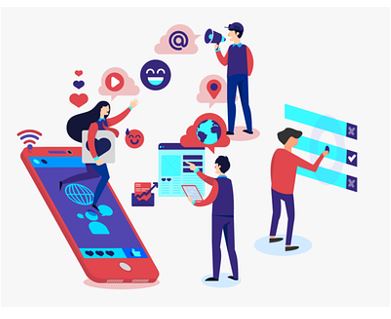 Division 3 has been developing our digital citizenship. Digital citizenship is thinking critically and using technology responsibly in order to learn, create, and participate. Information comes at us fast when we are online, and it can be tricky telling which information is credible and which is not. Some keywords we’ve been learning about are:
Division 3 has been developing our digital citizenship. Digital citizenship is thinking critically and using technology responsibly in order to learn, create, and participate. Information comes at us fast when we are online, and it can be tricky telling which information is credible and which is not. Some keywords we’ve been learning about are:
- credibility
- corroboration
- bias
It’s important to understand our reactions to the news. The following is an activity for you to try at home with one or more family members. Read the set up before doing the activity!

Set Up
Read aloud: The news can cause strong reactions. Sometimes we’re reacting to what actually happened. Sometimes we’re only reacting to a headline or how someone else interprets what happened. It’s important to know the difference. Reading some headlines and discussing our reactions can help us pause and think.
Activity
Read Aloud: Let’s read the headline pairs below. Then, let’s talk about the differences between them and how we or others might react differently to each headline. After each set of headlines, talk about your answers to the discussion questions.
|
Headline 1: “Students participate in walkout to protest new district policies.” Headline 2: “Angry kids ditch school after district promises more officers to keep students safe.” |
|
Headline 1: “New research shows link between social media and anxiety in some teens.” Headline 2: “Studies show social media major cause of anxiety epidemic among young people.” |
|
Headline 1: “Teen raises $2000 to fund new community garden.” Headline 2: “Honour student transforms community with thousands in donations.” |
Discussion
How might someone reaction to headline 1 and 2 in each case? How are the headlines different? How might those differences influence someone’s reactions?
Tips for Parents from commonsense.org
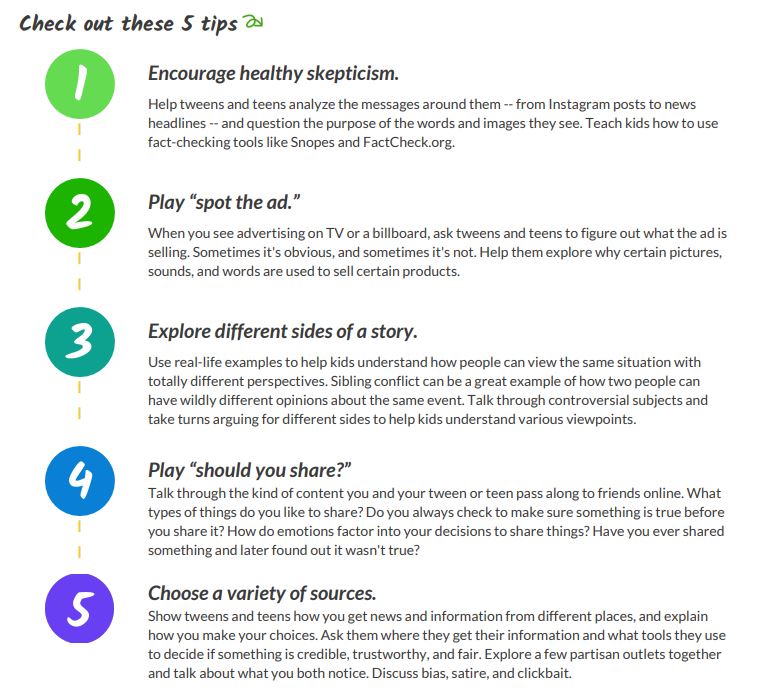
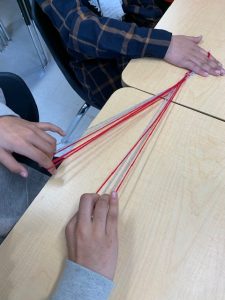
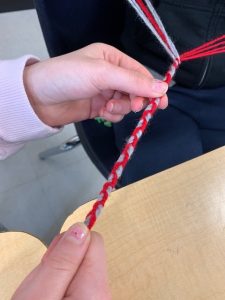
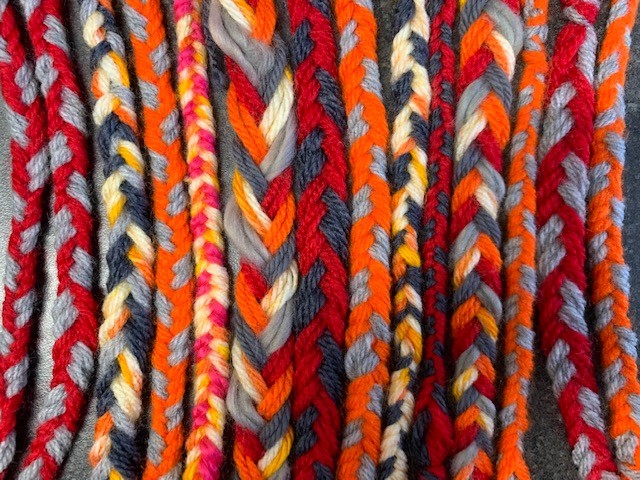
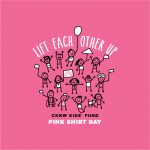
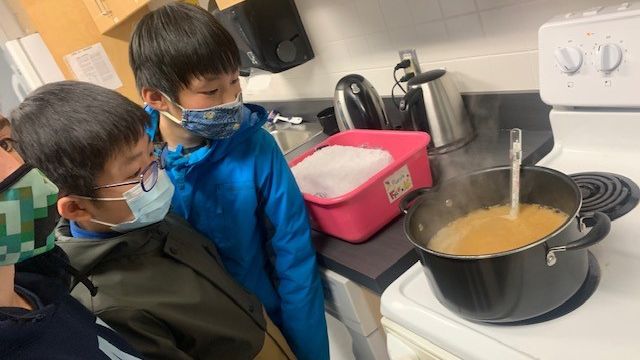
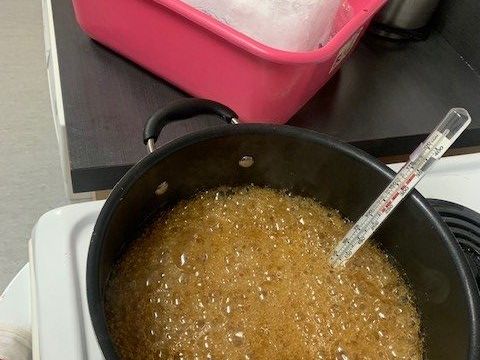
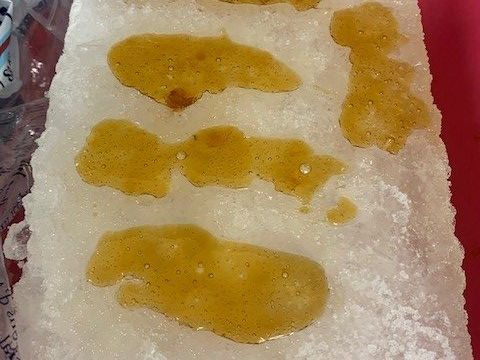
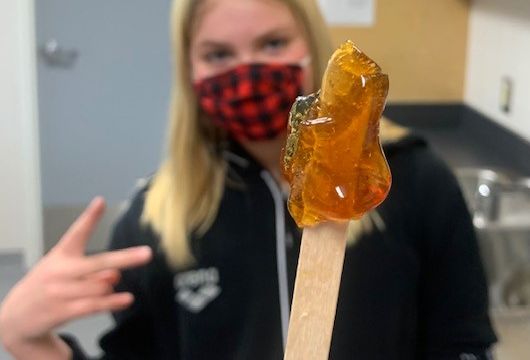













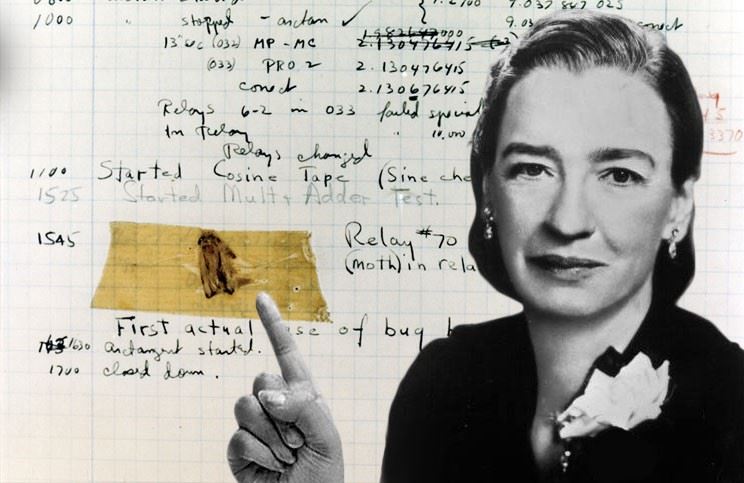









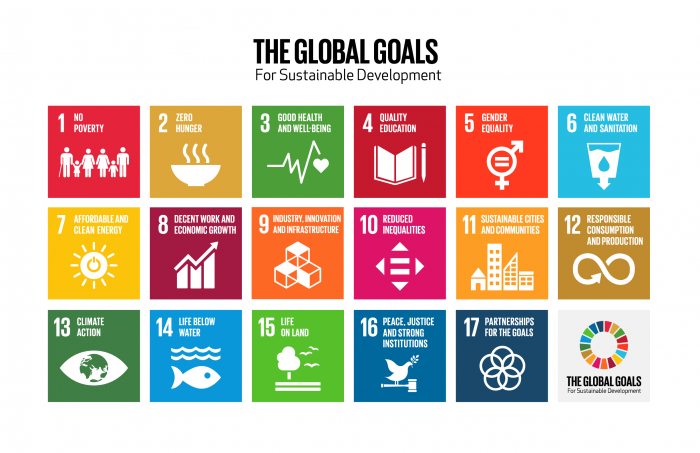
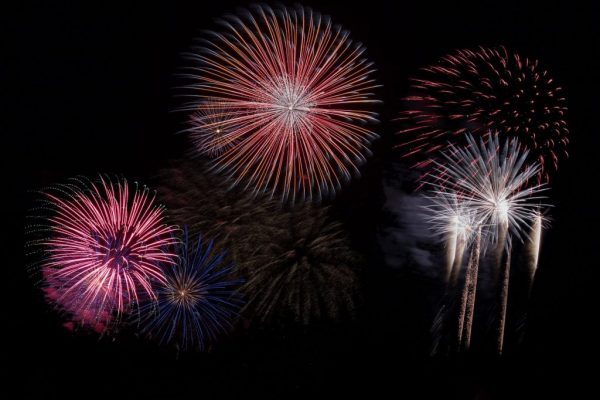 Happy New Year, Division 3!
Happy New Year, Division 3!